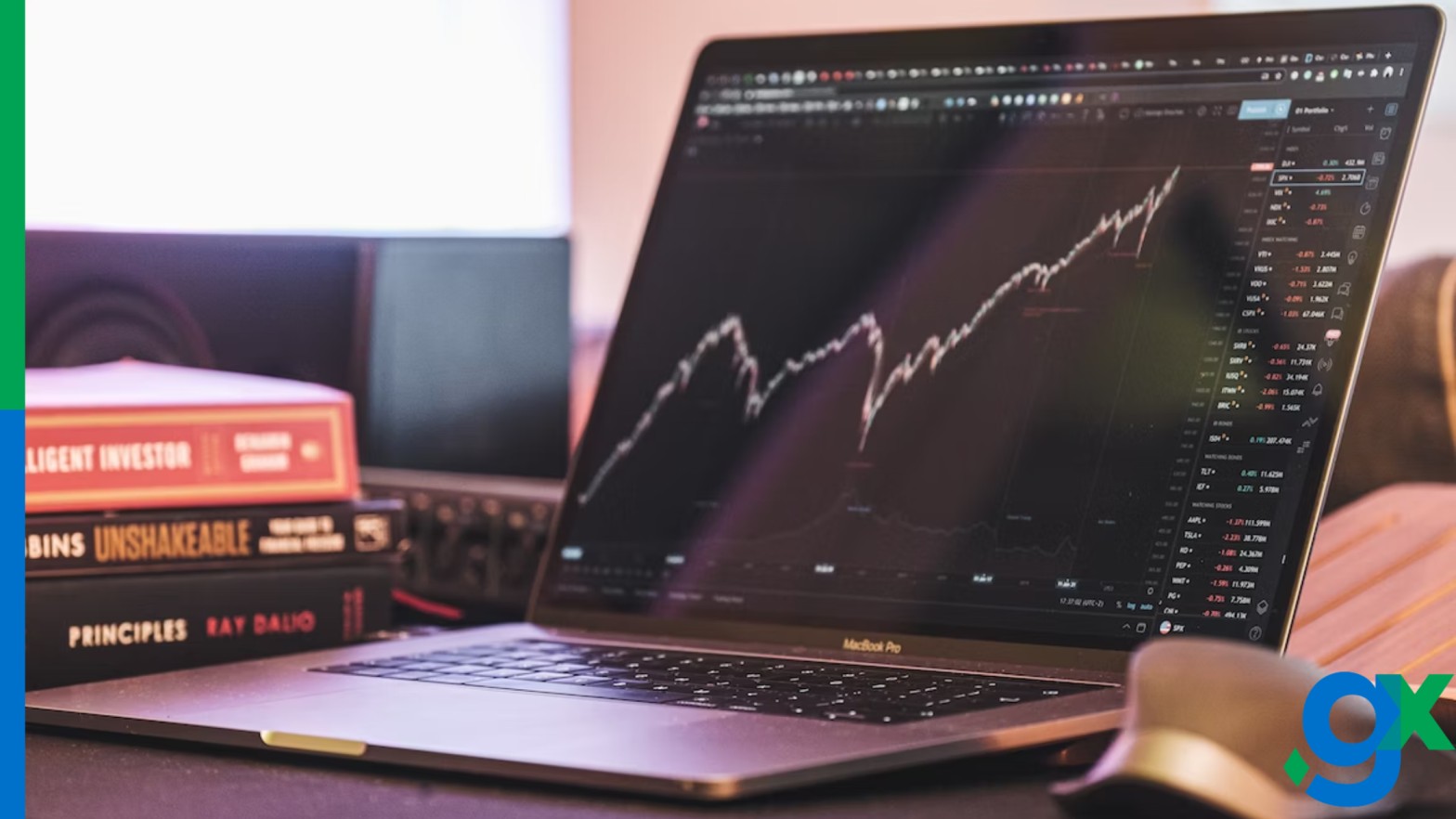Introduction
A. In today’s fast-paced and competitive business landscape, seamless stock movement has emerged as a critical factor in achieving efficient supply chain management.
B. Efficient supply chain management is vital for businesses to remain competitive, reduce costs, and meet customer demands promptly.
II. Understanding Seamless Stock Movement
A. Seamless stock movement refers to the smooth and efficient flow of goods from suppliers to manufacturers to retailers, ensuring optimal inventory levels and timely order fulfillment.
B. The concept emphasizes eliminating bottlenecks, reducing lead times, and optimizing the flow of goods throughout the supply chain.
III. Key Factors Affecting Supply Chain Efficiency
A. Inventory Management and Optimization
Accurate Demand Forecasting: Precise demand forecasting helps businesses anticipate customer needs, leading to better stock allocation and reduced stockouts or excess inventory.
Efficient Stock Allocation and Replenishment Strategies: Effective allocation and replenishment ensure the right products are available at the right time and in the right quantities, minimizing holding costs and stock obsolescence.
B. Logistics and Transportation
Optimization of Transport Routes: Optimized transport routes minimize delivery times and transportation costs, leading to enhanced supply chain efficiency.
Integration of Technologies like GPS and Real-Time Tracking: Real-time tracking enables better visibility into stock movement, facilitating proactive decision-making and faster issue resolution.
C. Warehouse and Storage Management
Efficient Warehousing Layout Design: An organized and optimized warehouse layout streamlines picking, packing, and shipping processes, reducing handling time and improving overall efficiency.
Utilizing Automation and Inventory Tracking Systems: Automation and inventory tracking systems enhance accuracy and speed in stock movement, reducing human errors and delays.
IV. Technologies Transforming Seamless Stock Movement
A. Internet of Things (IoT) and Connected Devices
Usage of RFID and Sensors in Stock Tracking: RFID tags and sensors provide real-time data on stock levels and movement, improving inventory accuracy and visibility.
Real-Time Data Collection and Analysis for Better Decision-Making: Real-time data enables businesses to make informed decisions promptly, optimizing stock movement.
B. Artificial Intelligence (AI) and Machine Learning
AI-Powered Demand Forecasting and Supply Chain Optimization: AI algorithms analyze historical data and market trends to forecast demand accurately, allowing for proactive inventory management.
Predictive Analytics for Proactive Stock Movement Strategies: Predictive analytics anticipate demand fluctuations, enabling businesses to adjust stock movement strategies preemptively.
C. Blockchain Technology
Transparency and Traceability in Supply Chain Operations: Blockchain technology ensures transparency and traceability throughout the supply chain, reducing the risk of counterfeiting and improving trust among stakeholders.
Streamlining Transactions and Reducing Inefficiencies: Smart contracts and blockchain streamline transactions, reducing paperwork and manual processing, thus enhancing stock movement efficiency.
V. Case Studies: Examples of Seamless Stock Movement Implementation
A. Company A: Utilizing AI-Powered Demand Forecasting for Efficient Stock Movement
Company A implemented AI-powered demand forecasting models, leading to reduced stockouts and optimized inventory levels, resulting in improved supply chain efficiency.
B. Company B: Implementing IoT Sensors for Real-Time Stock Tracking and Inventory Management
By deploying IoT sensors for real-time stock tracking, Company B improved inventory accuracy and enhanced stock movement visibility, reducing order processing times.
C. Company C: Leveraging Blockchain Technology for Transparent and Secure Stock Movement
Company C’s implementation of blockchain technology ensured transparency in its supply chain, minimizing delays in stock movement and increasing overall efficiency.
VI. Benefits and Challenges of Seamless Stock Movement
A. Benefits
Increased Supply Chain Efficiency: Seamless stock movement optimizes inventory levels, reduces lead times, and enhances overall supply chain performance.
Reduced Stockouts and Overstocking: Efficient stock movement minimizes stockouts, ensuring products are available when needed, while also reducing excess inventory costs.
Improved Customer Satisfaction and Loyalty: Prompt order fulfillment and accurate delivery lead to improved customer satisfaction and loyalty.
B. Challenges
Initial Investment in Technology Implementation: Adopting advanced technologies requires an initial investment, which some businesses might find challenging.
Integration and Compatibility Issues Among Various Systems: Integrating different technologies and systems can be complex, requiring careful planning and collaboration.
VII. Best Practices for Implementing Seamless Stock Movement
A. Collaborative Partnerships Between Suppliers, Manufacturers, and Retailers
Collaborative partnerships foster open communication, allowing stakeholders to share information and streamline stock movement processes.
B. Continual Monitoring and Adjustment of Stock Movement Strategies
Regular monitoring of stock movement data and performance metrics helps identify areas for improvement and enables businesses to adapt to changing market conditions.
C. Regular Staff Training and Development to Adapt to New Technologies
Providing employees with training and development opportunities ensures they can effectively utilize new technologies, improving the implementation process.
Conclusion
Seamless stock movement is a key driver of supply chain efficiency, enabling businesses to operate more competitively and meet customer demands effectively.
Encouragement for Businesses to Embrace Technological Advancements and Adopt Seamless Stock Movement Strategies
By leveraging advanced technologies and best practices, businesses can streamline stock movement, optimize inventory, and ultimately gain a competitive advantage in the market.
Read about our post on efficiently manage articles: article database here.
Signup now for free and enjoy unlimited quotations and invoices at www.blog.groflex.in




